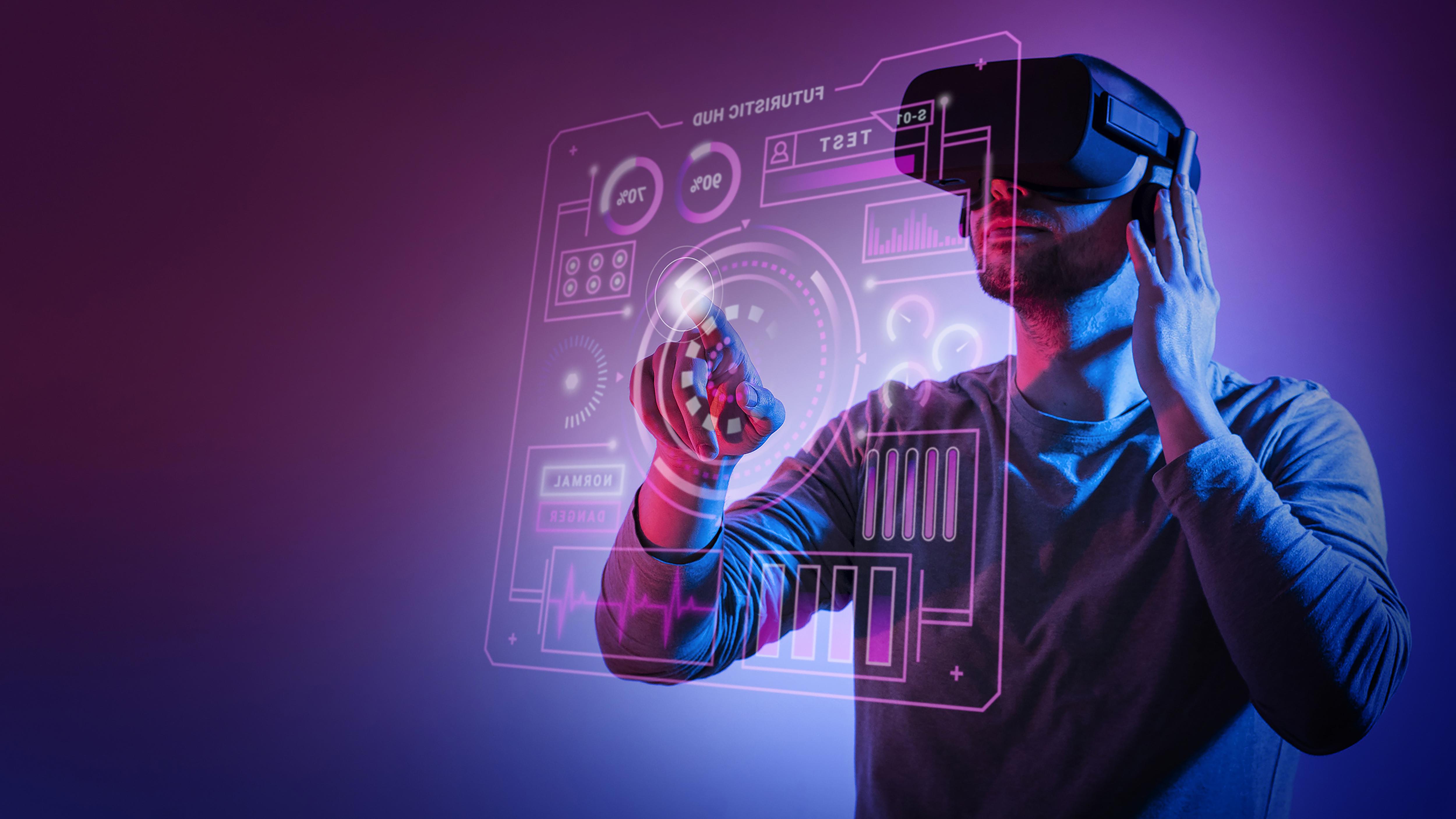Details
Impact of Technology on Design & Construction
07 Oct 2024
It wasn’t so long ago (Feb 2023) that Chat GPT took the world by storm. Not because it was the first AI-driven tool, but because it was the first tool a regular person off the street consciously leveraged AI to assist it in daily tasks (Siri, Google Assistant, etc excluded)
The industry has since entertained many panel talks on what AI could do for our industry and whether we fear it taking away our jobs. These two extremes are both valid in their own right. To address the positive aspects of AI, let’s review every aspect of the Design and Construction Process and the tools required to bring a project to life.
Interior Design
Concept
For close to a decade, clients and designers have used Pinterest to identify a starting point to determine tastes & lock in on a visual theme, which is further refined by very expensive 3D visuals ranging from $1,000 upwards. This has been replaced by designers utilizing AI-driven tools to quickly generate design concepts within minutes through some very effective prompt engineering and iterating on the design as quickly. Mood boards are then created digitally or physically along with some basic spatial configurations. The process of developing a concept has literally been cut in half. Generative design algorithms and virtual reality (VR) further enable clients to visualize spaces even before construction begins, enhancing early-stage decision-making.
Collaboration
The details are then flushed out on Cloud-based platform tools like BIM (Building Information Modeling) while project management software enables real-time updates, reducing communication gaps and ensuring project alignment. These platforms allow designers, architects, and contractors to work together seamlessly from different locations, streamlining workflow and improving accuracy in construction documentation. The tools identify potential delays and also suggest mitigation strategies throughout the process.
Feasibility
To ensure design feasibility and client satisfaction, augmented reality (AR) and immersive VR walkthroughs are being widely used. These technologies allow stakeholders to evaluate the design on a 1:1 scale, interact with elements, and even make modifications on the spot. This mitigates the need for costly rework and ensures that the final design aligns with the client's expectations. While AR isn’t popular in Contract work, the new form factor released by META named ORION is a step closer to bringing AR very much into the design mix.
Interior Construction, Supply Chain & Delivery
While people and materials are very much needed to implement the design, integrating AI and IoT in interior construction has enhanced supply chain and delivery processes. Automated construction techniques, like modular construction and 3D printing, are enabling faster build times. On the supply chain side, blockchain technology is used for tracking material origins, verifying sustainability claims, and reducing delivery delays. Robotics and drones are also becoming a part of the construction site, assisting with monitoring, inspecting, and transporting materials.
Sustainability
While the industry is inundated with Greenwashing, technology can play a pivotal role in achieving sustainability goals in the design and construction industry. Digital tools such as energy modeling software and life cycle assessment platforms help designers make informed choices about materials, energy use, and environmental impact. AI and big data analytics are being used to optimize resource efficiency, minimize waste, and track carbon footprints in real time. Additionally, sustainable material databases simplify material selection to meet certifications like LEED and WELL.
Post Occupancy Reporting & Asset Management
The job doesn’t end after handing over the project. The use of digital twin technology and IoT-enabled devices is transforming post-occupancy evaluations and asset management. Digital twins create virtual replicas of physical spaces, allowing facility managers to monitor the performance of systems and assets in real-time. This enhances predictive maintenance, reduces operational costs, and ensures occupant comfort through smart systems that optimize air quality, lighting, and energy usage.
About The Total Office
As a provider of workspace solutions, The Total Office helps its clients with tools for collaboration, acoustics, environmental sustainability and well being, by providing quality products from international brands. The company is headquartered in Dubai, and serves the UAE and the wider Middle East region. All press enquiries can be directed to [email protected], +971.4.450.8700. For more information, visit www.thetotaloffice.com.







